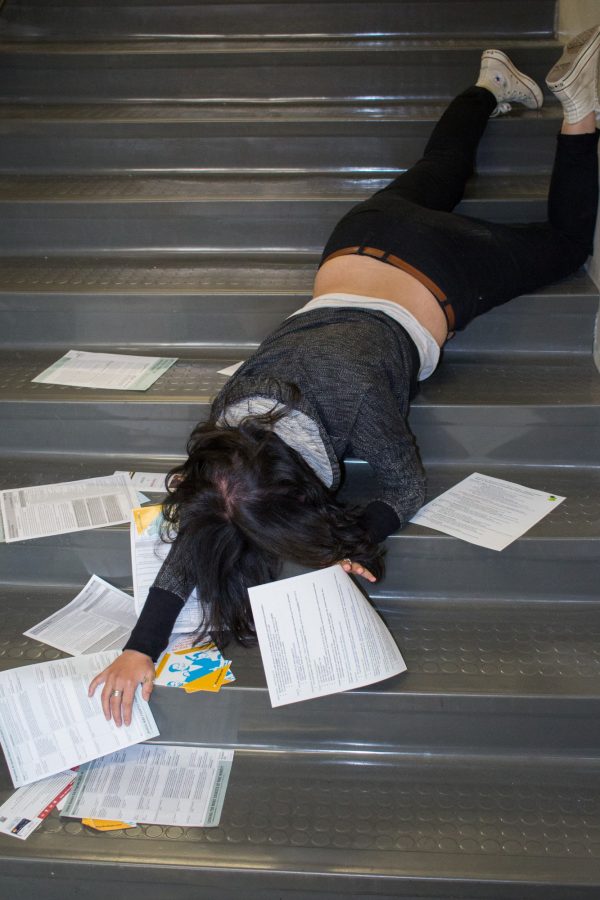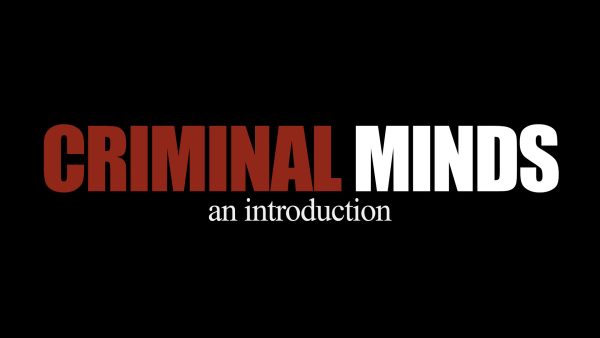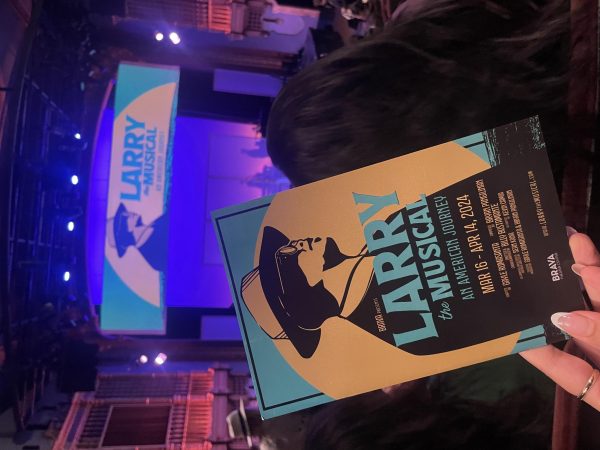FAFSA done right: not rocket science
Andrew Avilla/The Skyline View
FAFSA forms do not have to knock you down.
For college students, January 1 doesn’t just mean a new year, it means that the Free Application for Federal Student Aid (FAFSA) is available online to whoever wants to apply. What the FAFSA does is determine if a student qualifies for financial aid, and if so, how much.
How they determine if a student qualifies for financial help for school is by looking at the student’s parents’ or guardians’ income of the previous year, if the student is dependent.
If the student is independent and not being claimed on anyone’s taxes they look at how much money the student made over the course of the previous year.
If a student is dependent and also has a job, that information will also play a factor in how much money he or she will get if approved.
“It’s too much of a hassle,” Skyline College student Randy Mai said.
It seems like a long process, but it isn’t as difficult as it appears to be. If a student has a job, he or she will receive a W-2 tax form in February.
Cherie Colin, director of Marketing, Communications, and Public Relations for Skyline College mentioned the requirements that a U.S. citizen needs.
· High School Diploma or State Approved Equivalency, GED, home school education in a homeschool setting approved under state law
· Be registered with Selective Service, if you are a male (you must register between the ages of 18 and 25)
· Have a valid Social Security number unless you are from the Republic of the Marshall Islands, Federated States of Micronesia, or the Republic of Palau
· Sign certifying statements on the FAFSA stating that:
o You are not in default on a federal student loan and do not owe a refund on a federal grant and
o You will use federal student aid only for educational purposes
· Be a U.S. Citizen or U.S. National –or-
· Have a Green Card –or-
· Have Arrival-Departure Record –or-
· Have Battered Immigrant Status – or-
· Have a T-Visa
California Dream Act Application Requirements:
· Have attended a California High School for at least three years or graduated early from a California High School with the equivalent of three of more years of credit – and-
· Graduated from a California High School, or passed the California High School Proficiency Exam (CHSPE), or obtained a Certificate of General Education Development (GED), -and-
· Enrolled in an accredited and qualifying California college or university, -and-
· If applicable, complete(d) an affidavit to legalize immigration status as soon as you are eligible.
Skyline College students are required to submit additional documentation to complete their Financial Aid applications if:
· The Department of Education flags the student for a process called verification on the FAFSA
· The California Student Aid Commission flags the student for a process called verification on the California Dream Act Application
· A student completes Over 90 units and/or is not maintaining Satisfactory Academic Progress
· If there is Discrepant Information that needs to be corrected
Most students dread filling out the FAFSA form. But once all the information is there to fill it out, it isn’t as bad as it seems.
“I mean I don’t hate it because I need to do it to help me with educational expenses,” Skyline College student Daniel Balasta said. “It’s not that bad. Yeah it kind of stresses you out to fill it out on time and make time to actually do it, but it will benefit me. And I only have to fill it out once a year so it’s not that big of a deal.”
If an individual has all the information and forms in front of him or her, it takes no more than 30 minutes to complete.
When the FAFSA website asks for information, there is a button, and when clicked, it gives additional information as to what they want and where that information can be found. This ensures that the student filling out the form gets the help he or she needs and is never completely lost.
After submitting the FAFSA form, it is judged by how much income the student or the student’s family got during the previous year.
After a few weeks, a confirmation email will be sent out to the student if the application was been accepted or denied. If accepted, they will give an estimation on how much money they think it will cost to attend school and give an “amount awarded,” which is the actual money the student will be getting.
“It usually takes like two weeks to get to us,” said Financial Aid Technician/Cal Grant Coordinator Claudia Acevedo. “It takes longer If they accidentally fill out the wrong aid year.”















